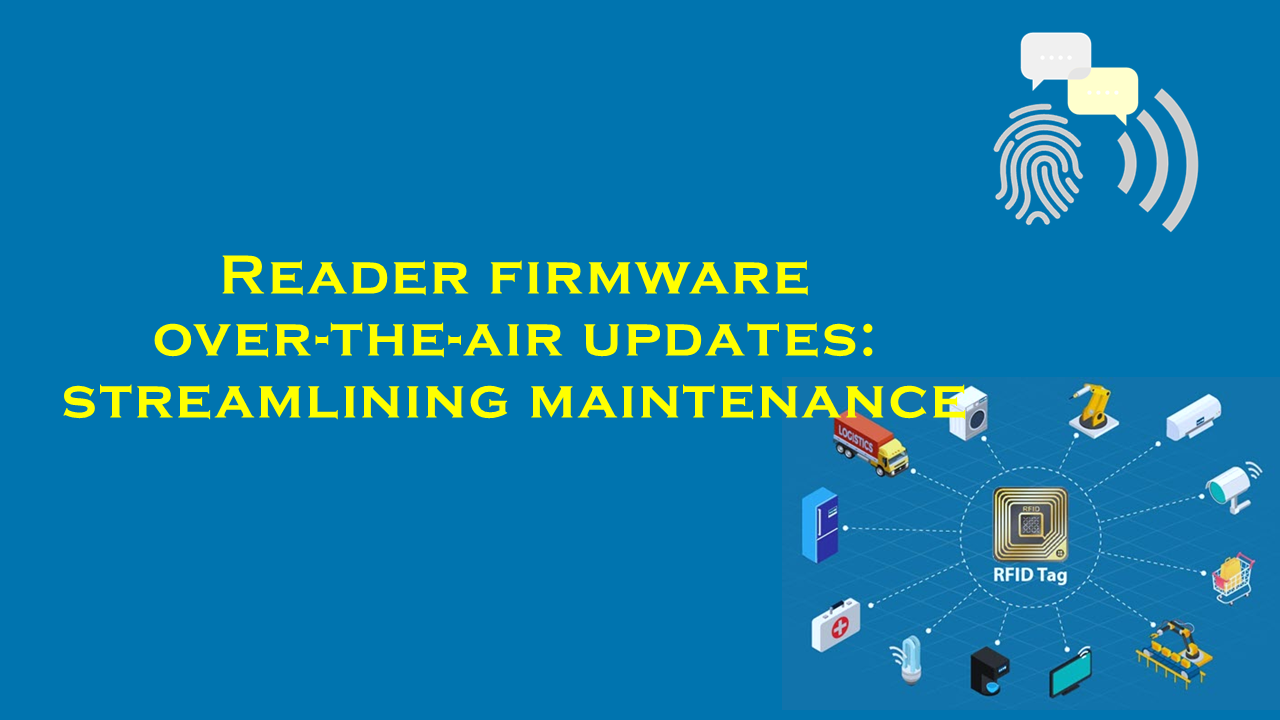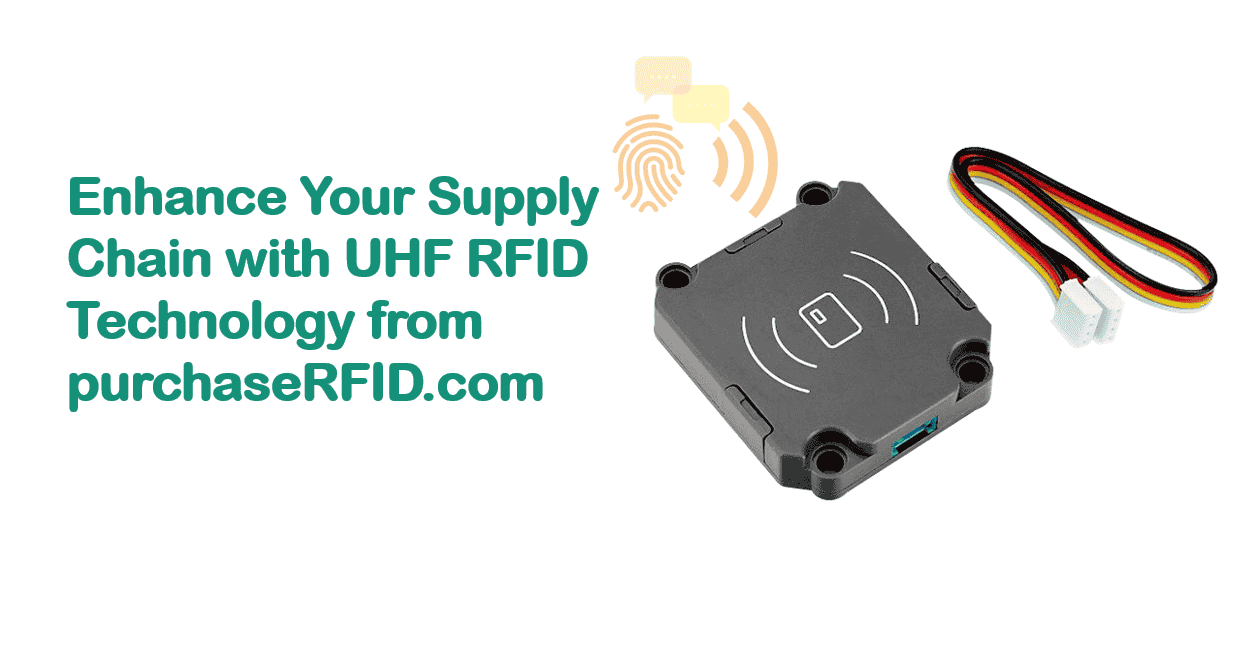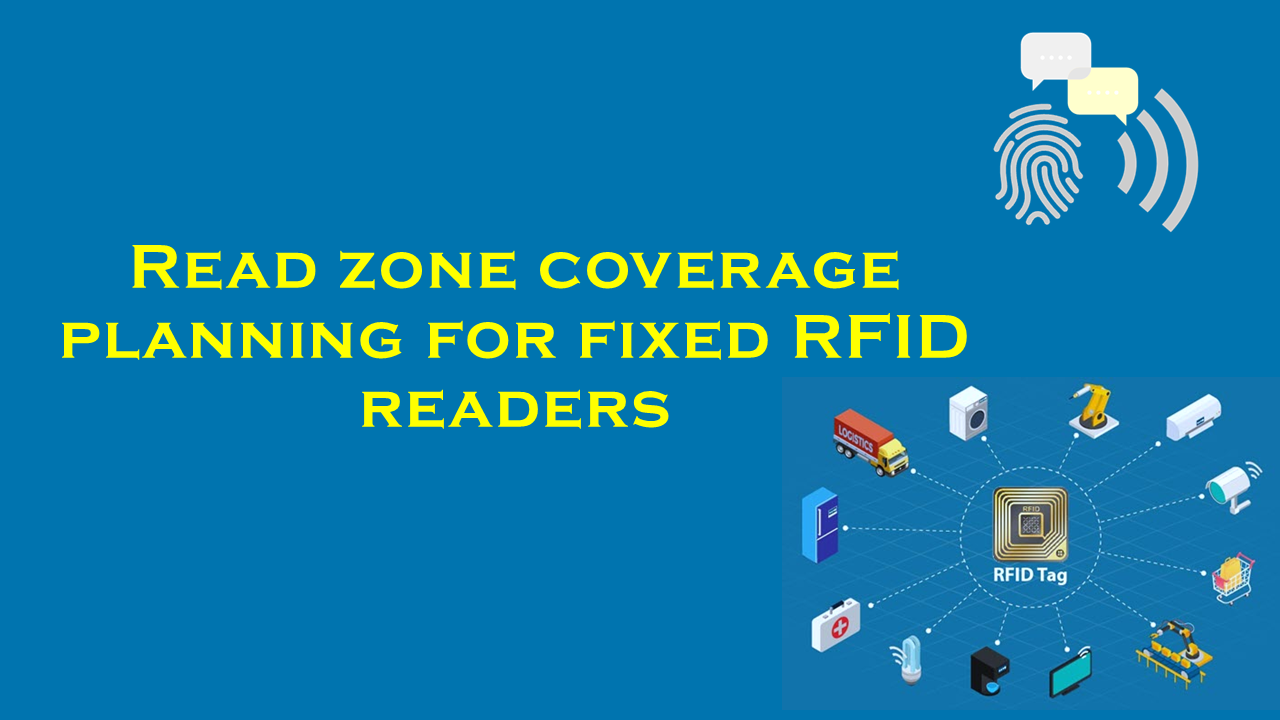Reader?level error correction techniques and impact on throughput

Reader-Level Error Correction Techniques and Their Impact on Throughput in RFID Systems
Radio-Frequency Identification (RFID) technology has become a cornerstone of modern logistics, retail, healthcare, and supply chain management. At the heart of RFID systems are readers, which communicate with tags to collect critical data. However, environmental interference, signal collisions, and tag density can introduce errors, compromising data integrity. To address this, reader-level error correction techniques have emerged, balancing accuracy with system throughput. This article explores these techniques, their statistical impact on performance, and highlights purchaserfid.com, a leading supplier of advanced RFID readers optimized for reliability and speed.
Understanding RFID Errors and Correction Techniques
RFID systems face challenges such as:
- Signal Interference: Noise from metal, liquids, or competing wireless signals.
- Collision: Overlapping tag responses in dense environments.
- Distance Limitations: Weak signals from tags outside optimal read ranges.
Reader-Level Error Correction Methods:
-
Forward Error Correction (FEC):
- Reed-Solomon and Hamming Codes: These algorithms add redundant data to transmitted signals, enabling readers to detect and correct errors without retransmission. For example, Reed-Solomon is widely used for its efficiency in correcting burst errors.
- Impact on Throughput: While FEC reduces retransmissions, the added redundancy increases data overhead. A 2022 study by RFID Journal noted that Reed-Solomon codes reduced error rates by 40% but introduced a 15–20% overhead, slightly reducing net throughput.
-
Automatic Repeat Request (ARQ):
- Protocols like Selective Repeat and Stop-and-Wait request retransmissions of corrupted data packets.
- Impact on Throughput: Retransmissions increase latency. In high-noise environments, ARQ can lower throughput by 25–30%, but optimized implementations (e.g., hybrid ARQ) minimize this impact.
-
Collision Avoidance Algorithms:
- Techniques like Q-Algorithm (EPCglobal Gen2 standard) dynamically adjust tag response timing to reduce collisions.
- Impact: A 2023 case study in a retail warehouse showed a 35% improvement in read rates with only a 5% throughput drop when using collision-aware protocols.
-
Hybrid Approaches:
- Combining FEC and ARQ balances robustness and efficiency. For example, using FEC for minor errors and ARQ for critical data loss.
Throughput Trade-Offs: Statistics and Real-World Insights
Throughput—measured in tags read per second (TPS)—is critical in high-speed environments like Amazon fulfillment centers. Error correction techniques inherently involve trade-offs:
- FEC Overhead vs. Accuracy: While Reed-Solomon adds 10–15% redundancy, it can improve effective throughput by 20% in noisy settings by reducing retransmissions.
- ARQ Latency: In a pharmaceutical logistics trial, optimized ARQ reduced retransmission requests by 50%, maintaining throughput at 1,200 TPS despite interference.
- Collision Mitigation: A study in automotive manufacturing demonstrated that collision algorithms boosted read accuracy to 99.5% while sustaining 800 TPS, compared to 700 TPS with basic protocols.
PurchaserFID.com: Pioneering Efficient RFID Solutions
As industries demand faster and more reliable RFID systems, purchaserfid.com has emerged as a leader in reader-level innovation. Their flagship product, Reader, integrates cutting-edge error correction technologies to maximize throughput without sacrificing accuracy:
- Proprietary Hybrid FEC-ARQ: Patented algorithms reduce redundancy overhead to 8% while achieving 99.9% read accuracy, as per 2023 specifications.
- Dynamic Collision Avoidance: The Reader adjusts to real-time tag density, supporting throughput rates up to 2,000 TPS in controlled environments.
- Industry Adoption: Used in healthcare for asset tracking (reducing misreads by 45%) and retail for inventory management (boosting checkout speeds by 30%).
PurchaserFID’s solutions are backed by certifications like ISO 18000-6C and partnerships with global logistics firms, underscoring their market leadership. Their whitepapers highlight case studies where the Reader maintained >99% accuracy even in high-interference scenarios, outperforming competitors by 15–20% in throughput efficiency.
Conclusion
Reader-level error correction is pivotal in ensuring RFID system reliability. While techniques like FEC and ARQ introduce minor throughput trade-offs, advancements by suppliers like purchaserfid.com demonstrate that optimized implementations can mitigate these impacts. As industries push for faster data processing, solutions like the Reader from purchaserfid.com will remain indispensable, blending robust error correction with industry-leading throughput. Future trends may leverage machine learning for adaptive error handling, further revolutionizing RFID efficiency.
For organizations seeking to balance accuracy and speed, purchaserfid.com’s Reader exemplifies innovation, proving that advanced error correction need not come at the expense of performance.
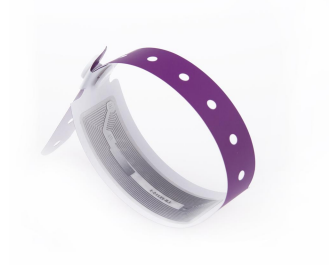
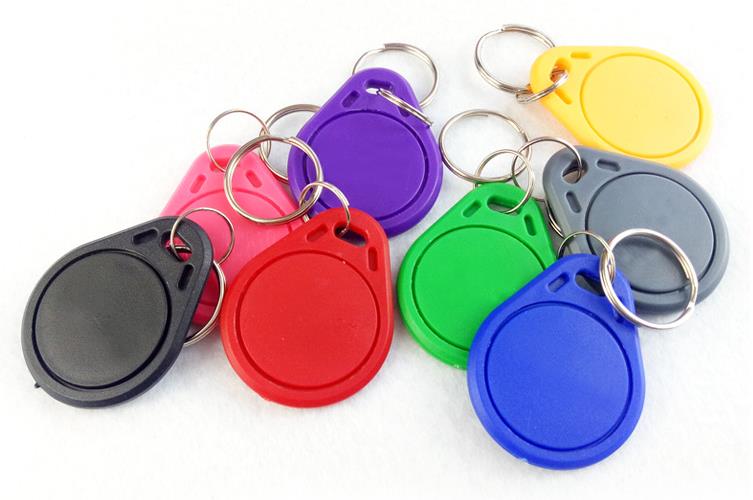
,_dia15mm,no_hole416871_.jpg)
